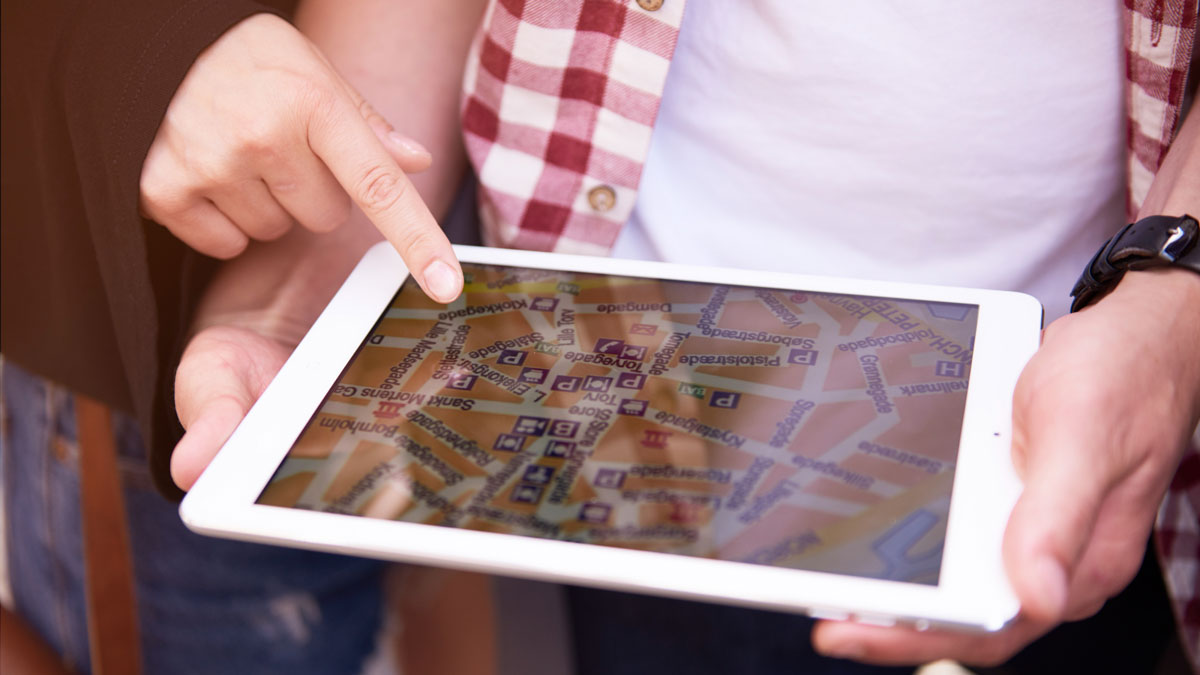In a world that’s becoming increasingly connected, there’s still magic to be found in the unexpected corners of culture. While many travelers are familiar with iconic traditions like Japan’s tea ceremonies or India’s Holi festival, there’s a vast universe of lesser-known customs that offer a window into the heart of a community.
From humorous rituals to sacred rites, these hidden traditions celebrate identity, history, and human creativity in ways that might surprise you. Here are some fascinating traditions you probably didn’t know existed—each one a reason to see the world with fresh eyes.
1. Night of the Radishes – Oaxaca, Mexico
Every December 23rd, the city of Oaxaca transforms its town square into a celebration of… radishes. Yes, radishes.
Known as La Noche de los Rábanos, this event showcases intricately carved radishes—some up to two feet long—turned into elaborate dioramas depicting nativity scenes, folklore, or local history. Farmers and artists compete for prizes, and thousands of visitors attend.
This quirky tradition began in the 19th century as a way to attract customers to the Christmas Eve market. Today, it’s an art form unlike any other.
2. Baby Jumping Festival – Castrillo de Murcia, Spain
This might be one of the most eyebrow-raising traditions in the world. In the small Spanish village of Castrillo de Murcia, an annual festival called El Colacho involves men dressed as devils jumping over rows of babies.
Don’t worry—it’s safer than it sounds.
The ritual, dating back to 1620, is part of a Catholic celebration of Corpus Christi. Locals believe the devil’s leap cleanses babies of original sin and brings protection. While unusual, the community takes every precaution, and no injuries have been reported.
3. Hadaka Matsuri – Japan
Each February, thousands of nearly-naked men gather at temples across Japan—most famously at Saidaiji Temple in Okayama—for the Hadaka Matsuri or “Naked Festival.”
Wearing only loincloths, participants push and shove their way through freezing crowds in pursuit of sacred sticks thrown by a priest. The lucky man who catches them is said to gain a year of good fortune.
What started as a Shinto purification ritual has become a celebration of endurance, spirit, and collective energy.
4. Tinku – Bolivia
In the highlands of Bolivia, communities gather for Tinku, a ritualistic form of hand-to-hand combat that dates back centuries. Held annually in the Potosí region, it’s a mix of festival and spiritual ceremony.
Traditionally, Tinku was a way to honor Pachamama (Mother Earth) with blood sacrifice to ensure a good harvest. Today, while still intense, it’s mostly symbolic, and police are present to prevent serious injuries.
What makes Tinku remarkable is how it blends pre-Columbian and Catholic traditions—both a cultural performance and a moment of release.
5. Cooper’s Hill Cheese Rolling – England
Held every spring in Gloucestershire, the Cooper’s Hill Cheese Rolling event sees daredevils chasing an 8-pound wheel of cheese down a dangerously steep hill.
The first person to reach the bottom wins the cheese. But more often than not, the race results in spectacular tumbles and a few bruises.
Despite (or because of) its risk and ridiculousness, this tradition draws competitors from all over the world and reflects the eccentric heart of British local customs.
6. Polterabend – Germany
Before a German wedding, friends and family gather for a Polterabend, an evening of smashing porcelain dishes to bring good luck to the couple.
The noise is believed to ward off evil spirits, and the couple is expected to clean up the mess together—symbolizing teamwork and unity in their future marriage.
While not as flashy as a traditional ceremony, this cozy, informal ritual shows the value of community support in German culture.
7. Finger Cutting Grief Ritual – Dani Tribe, Indonesia
Among the Dani people of Papua, Indonesia, a rare and now largely banned practice involves cutting off the tip of a finger to express grief after the loss of a loved one.
The ritual, known as Ikipalin, was traditionally performed by women and symbolized the pain of loss in a physical, visible way.
While the government discourages the practice today, it remains a powerful example of how mourning and cultural expression can take deeply personal forms.
8. Kanamara Matsuri – Japan
Also known as the “Festival of the Steel Phallus,” this spring celebration in Kawasaki is both irreverent and spiritual.
Rooted in Shinto beliefs about fertility and protection from disease, Kanamara Matsuri includes giant phallic statues, costumes, and candy—all in good fun and with a message of sexual health awareness.
The festival has grown into a joyful, inclusive event that raises funds for HIV research and celebrates body positivity.
Why These Traditions Matter
You might laugh, cringe, or scratch your head at some of these rituals—but that’s part of the point. Traditions, even the strangest ones, are powerful reminders that culture is rich, diverse, and shaped by history, belief, and environment.
They challenge us to expand our perspective and appreciate what makes each community unique. And for travelers, they offer something far more enriching than a souvenir: connection.
Final Thoughts
The next time you plan a trip, consider exploring not just the sights, but the stories. Look beyond the guidebooks and seek out the traditions that locals still hold dear—however unfamiliar they may seem.
Because in the end, the best travel memories often come not from landmarks, but from moments of cultural discovery.













